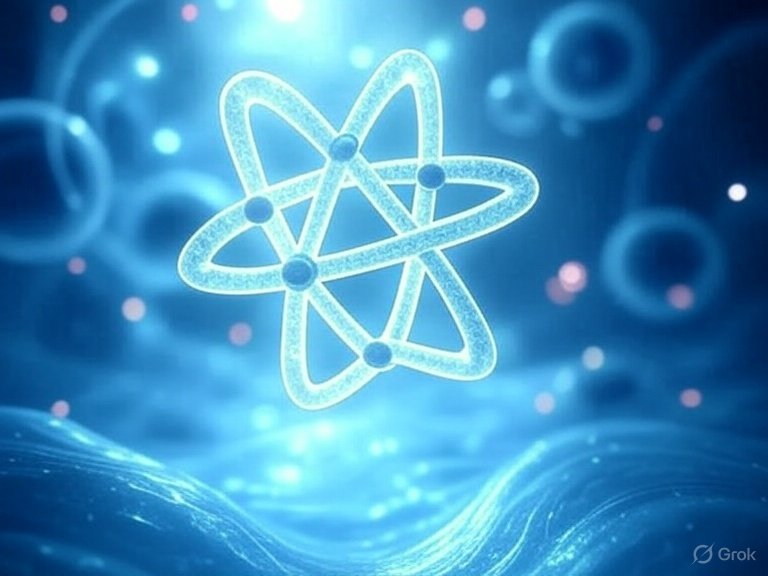
Introduction
Natural gas, a critical component of the global energy mix, continues to play a pivotal role in powering industries, homes, and electricity generation. In 2025, global natural gas production is shaped by geopolitical dynamics, technological advancements, and the ongoing energy transition. This article explores the production volumes, mechanisms, industry contributions, and the proportion of sour gas in global natural gas output for 2025, drawing on available data and trends.
Production Volumes
Global natural gas production in 2023 reached approximately 4.08 trillion cubic meters (tcm), a slight decrease from the previous year. For 2025, forecasts suggest production will stabilize or grow modestly, driven by demand in emerging markets and LNG export projects. The International Energy Agency (IEA) indicates that global gas demand grew by 2.7% (115 billion cubic meters, bcm) in 2024, with production likely aligning to meet this demand. Assuming a similar growth trajectory, 2025 production could approach 4.1–4.2 tcm.
The United States remains the largest producer, with 1,035.3 bcm in 2023, followed by Russia (586 bcm) and Iran. In 2025, U.S. production is expected to hover around 103 billion cubic feet per day (Bcf/d), or roughly 1,060 bcm annually, driven by shale gas and LNG export growth. Russia’s output is projected to increase by 1.7% annually, supported by export-oriented projects like the Yamal production center. Emerging producers, particularly in Africa and the Middle East, are also contributing to incremental supply, with countries like Qatar and Nigeria expanding LNG capacities.
Production Mechanisms
Natural gas production in 2025 relies on a mix of conventional and unconventional methods, with technological advancements enhancing efficiency and access to reserves.
Conventional Gas Extraction
Conventional gas is extracted from permeable reservoirs using vertical or directional drilling. This method dominates in regions like the Middle East, Russia, and parts of Africa, where large gas fields are accessible. For instance, Qatar’s North Field and Russia’s Bovanenkovo field are key conventional sources. Conventional extraction accounts for approximately 60–65% of global production, benefiting from lower costs and established infrastructure.
Unconventional Gas Extraction
Unconventional methods, primarily hydraulic fracturing (fracking) and horizontal drilling, are significant in North America, particularly the U.S., where shale gas constitutes a major share of output. In 2025, U.S. shale gas production is expected to remain robust, supported by basins like the Permian and Marcellus. Coalbed methane and tight gas extraction also contribute, though to a lesser extent, in countries like Australia and China. Unconventional gas accounts for about 30–35% of global production, with the U.S. leading this segment.
Liquefied Natural Gas (LNG) Production
LNG production is a critical mechanism for global trade, linking supply and demand centers. In 2025, LNG supply is projected to grow by nearly 6% (30 bcm), with North America, particularly the U.S., accounting for 85% of incremental supply. New projects in Qatar, Africa, and Asia further bolster LNG output. LNG liquefaction involves cooling gas to -162°C, enabling transport via specialized tankers. This mechanism is vital for meeting demand in Asia, where countries like China and India are increasing imports.
Emerging Technologies
Carbon Capture, Utilization, and Storage (CCUS) is gaining traction, particularly in gas-fired power plants, capturing up to 90% of CO2 emissions. Blue hydrogen production, using natural gas with CCUS, is also emerging as a low-carbon application, especially in industrial hubs. These technologies enhance the sustainability of gas production but are still in early adoption stages, contributing marginally to overall output in 2025.
Industry Contributions to Gas Demand
Natural gas demand in 2025 is driven by multiple sectors, with industry and power generation leading consumption. The IEA reports that these two sectors accounted for 75% of incremental gas demand in 2024, a trend likely to persist. Below is an estimated breakdown of demand by industry, based on 2024 data and 2025 projections:
- Power Generation (40–45%): The largest consumer, driven by electricity demand in Asia, North America, and the Middle East. Gas-fired power plants are favored for their flexibility and lower emissions compared to coal. In the U.S., gas accounts for 43% of power generation. In Asia, coal-to-gas switching in countries like China and India boosts demand.
- Industrial Sector (30–35%): Chemicals, fertilizers, and petrochemicals are key drivers, particularly in gas-rich regions like the U.S., Middle East, and Russia. Industrial gas use grows at 2.5% annually, with China and India leading demand for process heat and feedstocks.
- Residential and Commercial (15–20%): Used for heating and cooking, this sector sees modest growth (1% in 2024), primarily in colder climates. Demand is stable in North America and Europe but grows in developing economies.
- Energy Industry Own Use (5–10%): Includes gas used in exploration, production, and LNG liquefaction. This sector grows at 3% annually in export-oriented regions like the Middle East.
- Transportation (<5%): Compressed natural gas (CNG) and LNG are used in heavy-duty vehicles and shipping, but their share remains small.
Sour Gas Proportion
Sour gas, containing significant hydrogen sulfide (H2S) or carbon dioxide (CO2), requires specialized processing to remove contaminants before use. Estimating the global percentage of sour gas is challenging due to varying reservoir characteristics and limited public data. However, industry insights suggest:
- Global Share: Approximately 15–20% of natural gas production is sour, based on reservoir data from major producing regions. The Middle East, particularly Saudi Arabia and Iran, has a higher proportion of sour gas fields (e.g., Iran’s South Pars field).
- Processing: Sour gas is treated using amine gas treating or other sweetening processes, which increase production costs. Advanced technologies, like membrane separation, are being deployed to improve efficiency in 2025.
- Regional Variations: In North America, sour gas is less common (5–10% of production), as shale gas is typically sweet. In contrast, the Middle East and parts of Central Asia may see sour gas constituting 30–40% of output due to geological factors.
Challenges and Trends
- Geopolitical Risks: The expiration of Russia’s gas transit contract with Ukraine in December 2024 could reduce European supplies by 15 bcm, tightening global markets.
- Energy Transition: While gas demand grows, electrification and renewables are displacing gas in buildings and some industrial applications, particularly in Europe.
- Methane Emissions: Regulatory scrutiny on methane leaks is increasing, pushing producers to adopt monitoring and mitigation technologies.
- LNG Trade Growth: LNG trade is projected to double by 2050, with 2025 marking a pivotal year for new liquefaction projects.
Conclusion
In 2025, global natural gas production is poised to reach 4.1–4.2 tcm, driven by U.S. shale gas, Middle Eastern conventional fields, and expanding LNG projects. Production mechanisms blend conventional and unconventional methods, with CCUS and blue hydrogen emerging as sustainable innovations. Power generation and industry dominate demand, while sour gas, constituting 15–20% of output, remains a processing challenge. As the world balances energy security and climate goals, natural gas will continue to bridge the transition, with 2025 highlighting its evolving role in the global energy landscape.




